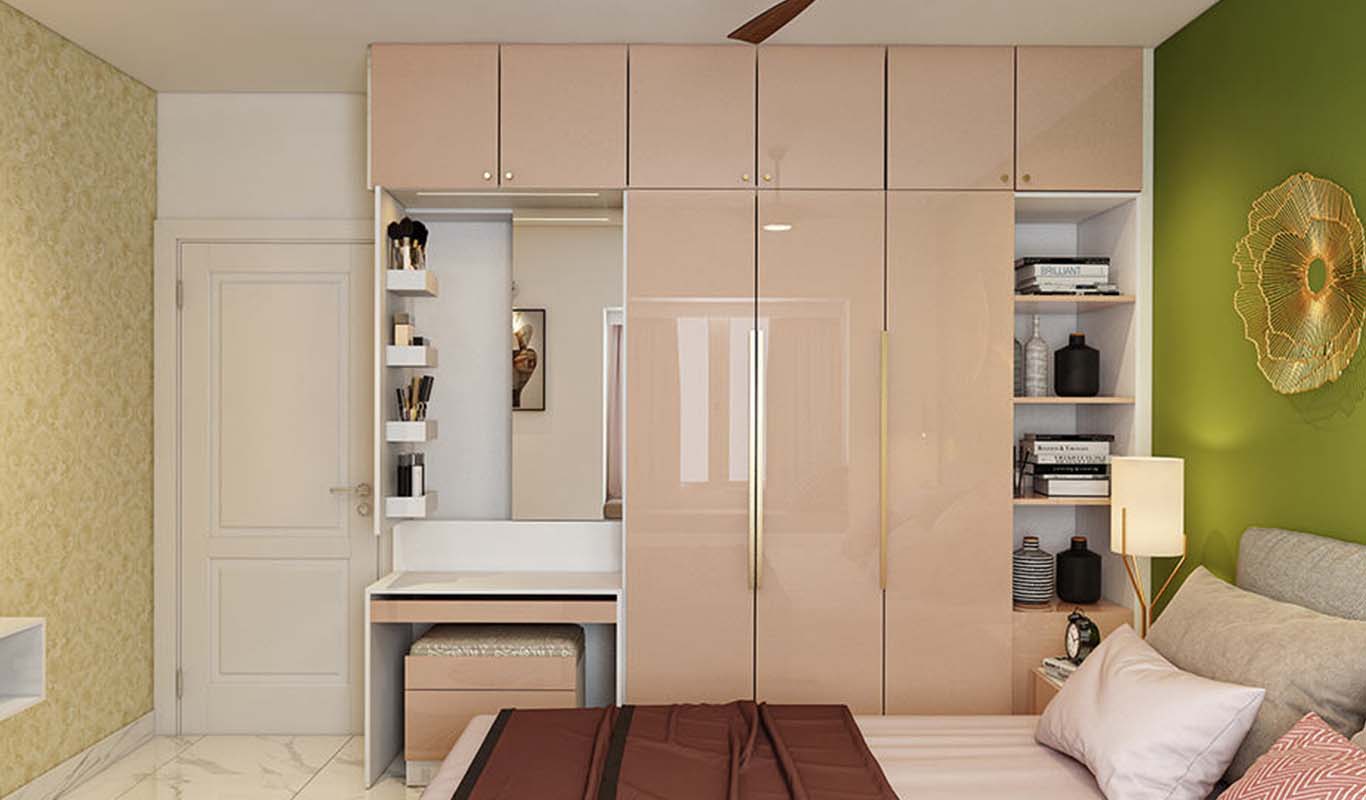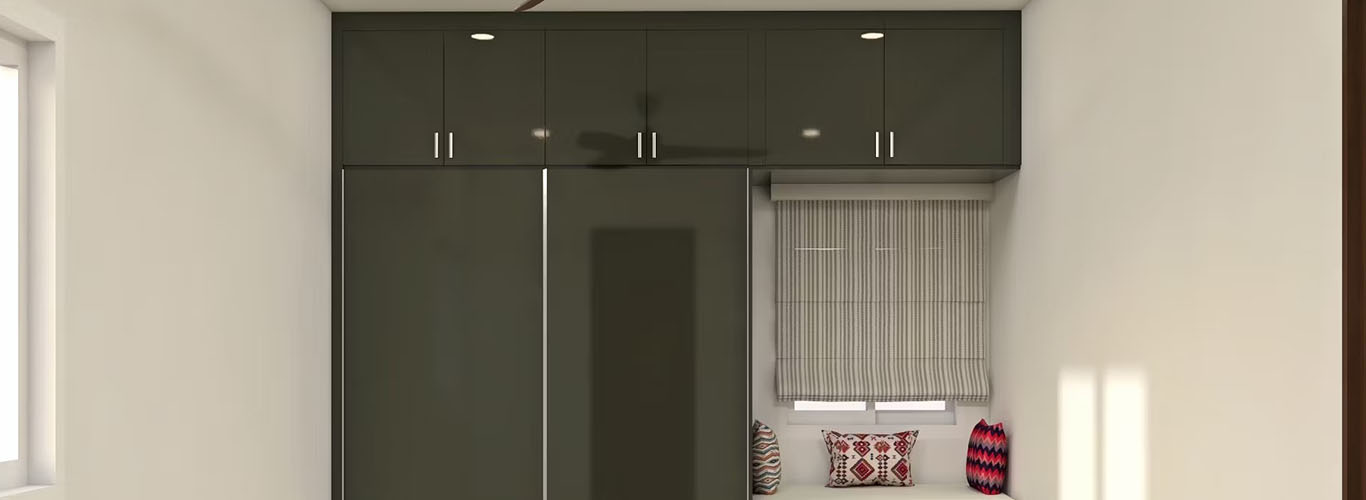Need Assistance?
If you have any question feel free to contact us!

Before you opt for a wardrobe, check for the dimensions of the room where it will be placed so that the finish results won’t appear oppressive.
As a result, you must know the size and dimensions – width and height – of a wardrobe in relation to where you will place it.
There are various types and models of wardrobes available in the market – classic modern lines, simple traditional styles etc., regardless of the make and model; some dimensions and measurements are standard and do not vary. This includes the following:
The standard measurement of a depth of a wardrobe is approximately 60 cm. This will allow the homeowners to hang clothes without a hitch; however, if you have a smaller room, then the depth of the wardrobe should be around 40 cm.
The height of the wardrobe is among the most varied:
Need Assistance?
If you have any question feel free to contact us!

Clothes help build character, which is why having a wardrobe that one can be proud of is important. However, you don’t have to rush things or spend thousands of pounds in one go.
Wardrobes are extremely versatile and can be manufactured according to any configuration. One chooses the make and model that best matches the aesthetic and space requirements.
Here are the standard measurements for the different wardrobe models.
Though kids’ clothes do not require much space, investing in a large wardrobe would be well-used in adulthood.
For children’s wardrobes,